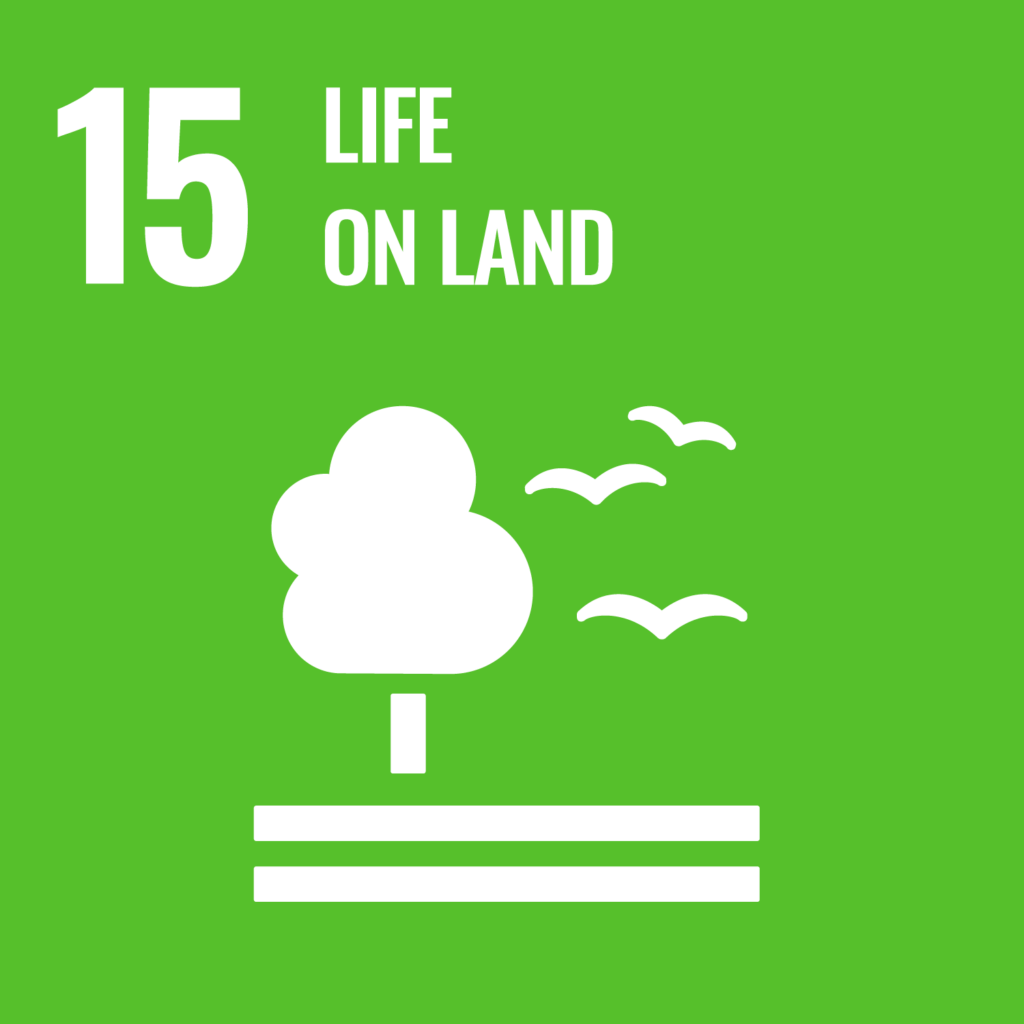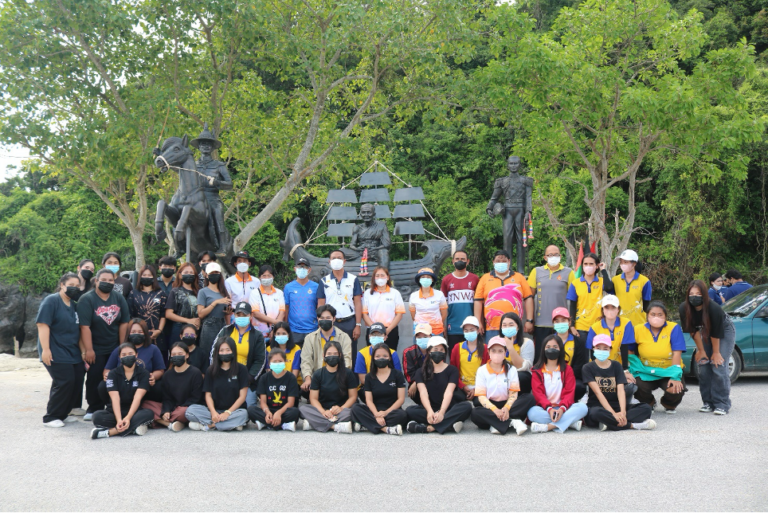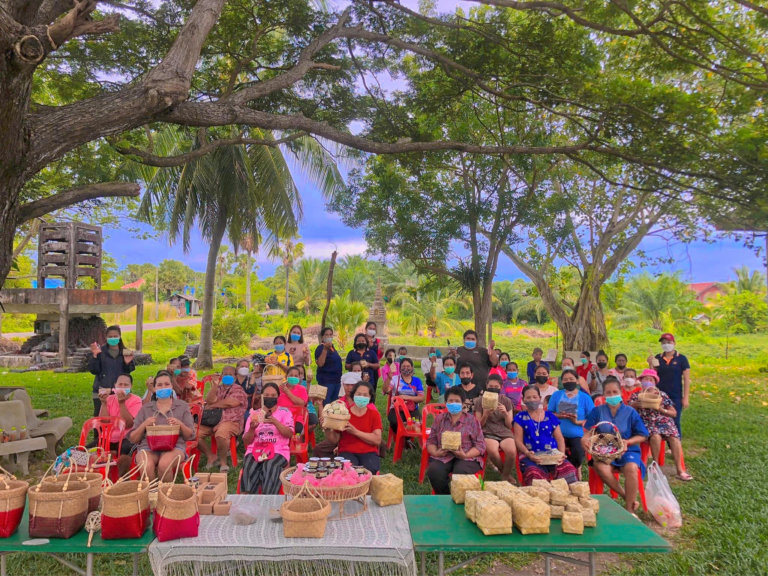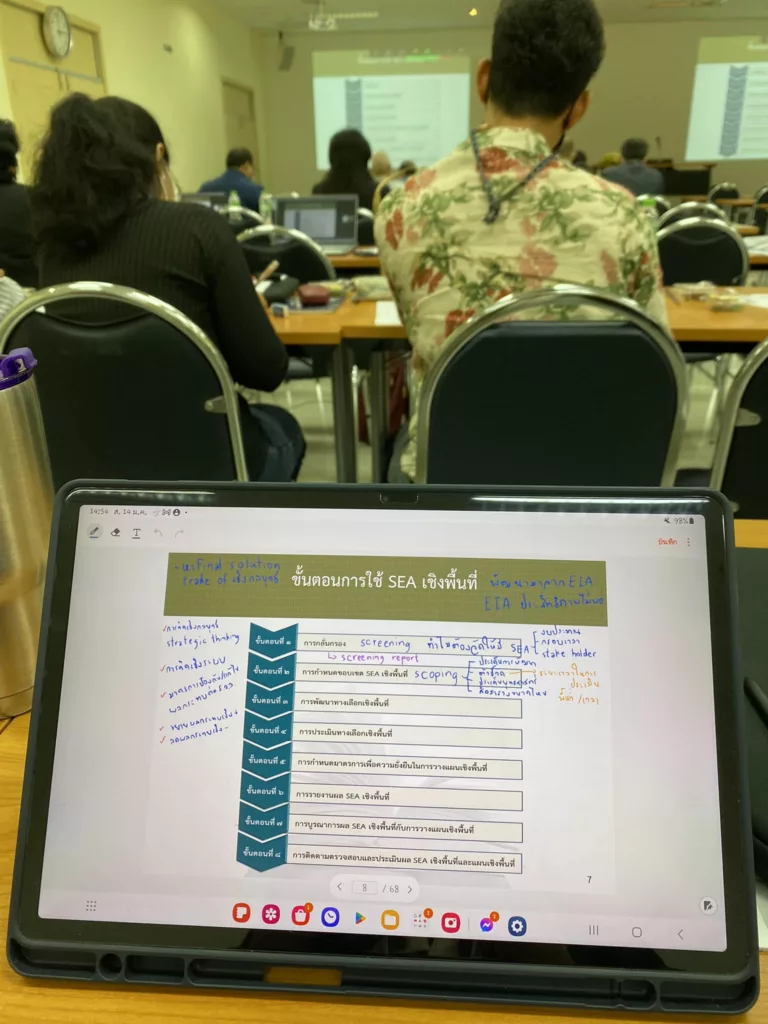Reporters : Assoc.Prof.Dr. Pornsil Seephueak
Asst.Prof.Dr. Prapot Maliwan
Assoc.Prof.Dr. Pornsil Seephueak
Asst.Prof.Dr. Nion Chirapongsathonkul
Dr. Worawitoo Meesook
Evidence Date: May – June 2022
Indicator : 15.3.5
Related SDGs:

Rajamangala University of Technology Srivijaya (RUTS), a public institution deeply integrated with the local community, offers unrestricted access to its facilities and land for the benefit of the public including local community. Furthermore, the university extends opportunities for local people to utilize the natural resources on its premises, such as collecting naturally occurring plants and mushrooms, which are abundant within the university’s area.
RUTS, Trang Campus, located in Mai Fad Subdistrict, Sikao District, Trang Province, hosts the region’s largest mushroom forest spanning over 1,700 rai. Mushrooms naturally bloom in this area is boletus mushroom or its scientific name is Boletus griseipurpureus. This mushroom can grow in the high humidity area and it annually bloom during the early rainy season (May – June). In 2022, start from May 2022, local residents from many coastal areas along the Andaman Sea, such as in the districts of Sikao and Kantang, as well as in the Ta Khao and Pa Leh Yen regions go to RUTS Trang Campus forage for the boletus mushroom. Since this mushroom is well-known and highly popular in the southern region, as it has a slightly bitter taste. It is usually boiled and served with a chili dipping sauce or used in coconut milk-based curries. Moreover, villagers can sell this mushroom at a good price, typically ranging from 100 to 300 Baht per kilogram. This helps generate income for each family, amounting to several thousand Baht per day, which is a more favorable livelihood compared to other occupations, especially in the period that cannot do their normal activity to tap rubber trees during continuous rainfall. People, with varying levels of expertise and skills, gather these mushrooms using simple tools, such as long sticks approximately one meter in length, to probe and collect the mushrooms, which typically grow around the base of trees.


Similarly, the Nakhon Si Thammarat Campus of RUTS, situated in the Thunug Yai area, permits the local community to gather naturally occurring mushrooms within the university’s premises.


In conclusion, local residents able to collect mushrooms within university grounds is a form of resource sharing and an ecosystem utilization strategy, aimed at maximizing benefits. It is a way to harness natural resources on the premises and turn them into income for the community, particularly during periods when residents are unable to engage in their usual occupations. This fosters a sense of mutual support and collaboration between the community and the university.
Related links:



